5 Minutes
Peugeot goes bold with the Polygon concept
Peugeot has pulled the covers off the Polygon concept, a striking preview of the brand's design and technology direction for the second half of the decade. At the heart of the show car is the Hypersquare steering wheel, a radical rethink of the driver interface that signals how the next 208 — due by 2027 at the latest — might steer into the future.
What is the Hypersquare?
Rather than a round rim, Peugeot presents a rounded-rectangle steering unit composed of four circular pods. Each pod acts as a control hub for key functions, keeping inputs within easy reach. The Hypersquare is paired with steer-by-wire technology, eliminating the conventional mechanical link to the front wheels and opening new possibilities for packaging, ergonomics, and safety features.

Key highlights:
- Four control pods integrated into the rim
- Steer-by-wire architecture with no mechanical shaft
- 170 degrees rotation each way, compared with three full rotations for a traditional wheel
i-Cockpit reimagined: the windscreen as a display
Peugeot has also rethought the cockpit. The Polygon concept removes the central touchscreen entirely and instead projects information directly onto the windscreen via a micro-LED panel. The projection spans roughly 24 x 74 cm and is marketed as a 31-inch equivalent display, creating a giant, heads-up experience rather than a conventional dash layout. For context, many modern cabins use twin 12.3-inch screens; the Polygon's solution dwarfs those in perceived surface area.
This is more than a gimmick. A larger, flexible HUD lets designers declutter the center stack and tailor displays for different driving modes. Combined with steer-by-wire and the Hypersquare, Peugeot is outlining a fundamentally different driver-vehicle relationship.
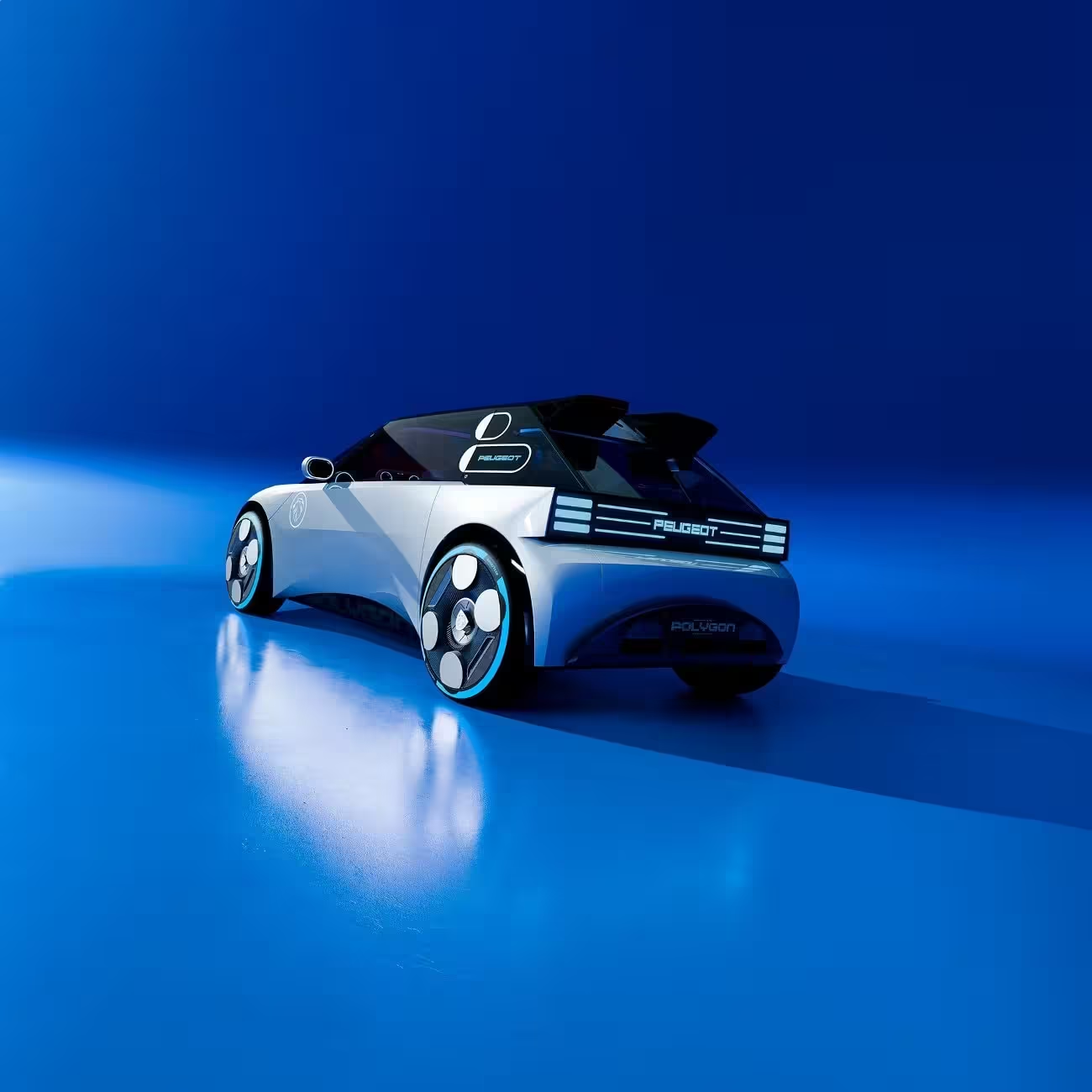
Materials and sustainability
Peugeot leans heavily on recycled resources across the Polygon interior. The cabin lacquer includes compounds from end-of-life tyres, and a forged textile made from recycled seats wraps door panels, floor and ceiling. Seat shells and wheel covers use recycled plastic, demonstrating how premium textures and sustainability can coexist.
This approach ties into Peugeot's broader strategy to reduce lifecycle impact while maintaining design identity inspired by classics like the 205 hatchback and the AZ-1 sports car.
Tech lineage and competitors
Steer-by-wire is not entirely new: Infiniti scaled it in the Q50 sedan years ago. But thanks to advances in electronics, control algorithms and safety redundancy, Peugeot can now integrate steer-by-wire into mainstream small cars like the 208. The brand is also developing a speed-adaptive variable steering ratio to match the Hypersquare's reduced rotation range to everyday driving expectations.
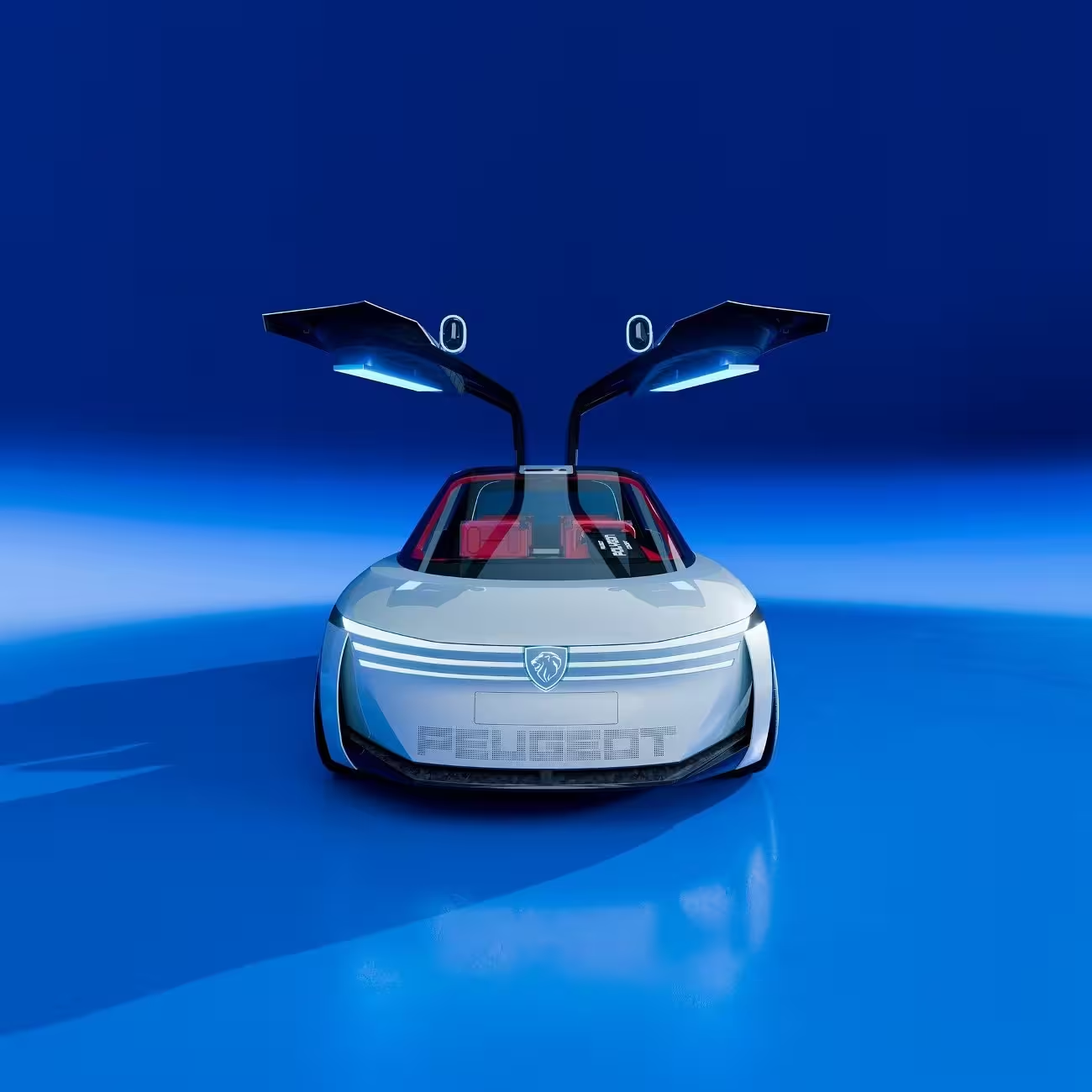
How this affects the next 208
Peugeot has confirmed that elements of the Polygon will inform the next-generation 208, which remains one of Europe’s most popular superminis. Dealers moved nearly 200,000 units across Europe-28 in 2024. While details on powertrains and production specs are still sparse, the concept hints at two likely directions:
- A conventional combustion and hybrid line-up for cost-sensitive markets
- A distinct electric variant adopting front-end styling, lighting signatures and cabin tech from the Polygon
If Peugeot launches an electric 208 inspired by this concept, expect bold LED lighting, a pared-down dashboard and advanced HUD functionality.
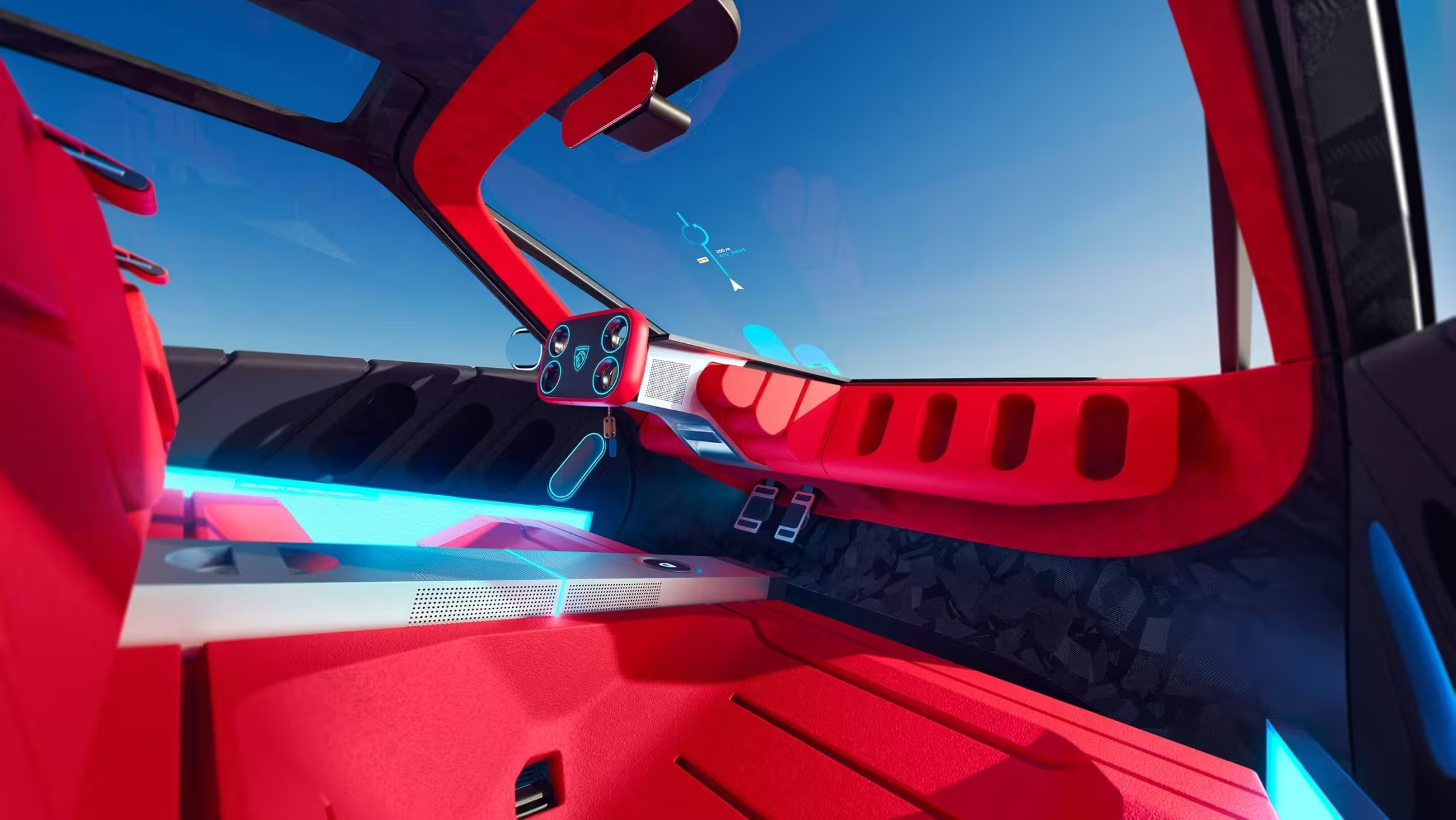
Performance and market positioning
The outgoing 208 rides on the PSA Common Modular Platform and is available with a range of three- and four-cylinder engines and electric variants. The most performance-focused derivative so far is the E-208 GTi, which delivers 280 cv (276 hp) and 345 Nm (255 lb-ft) from a front-mounted electric drive unit, proving that the compact hatch can be both efficient and exciting.
Quote: "The Polygon is Peugeot's statement that small cars can be innovative, sustainable and fun to drive," said a company spokesperson during the reveal.
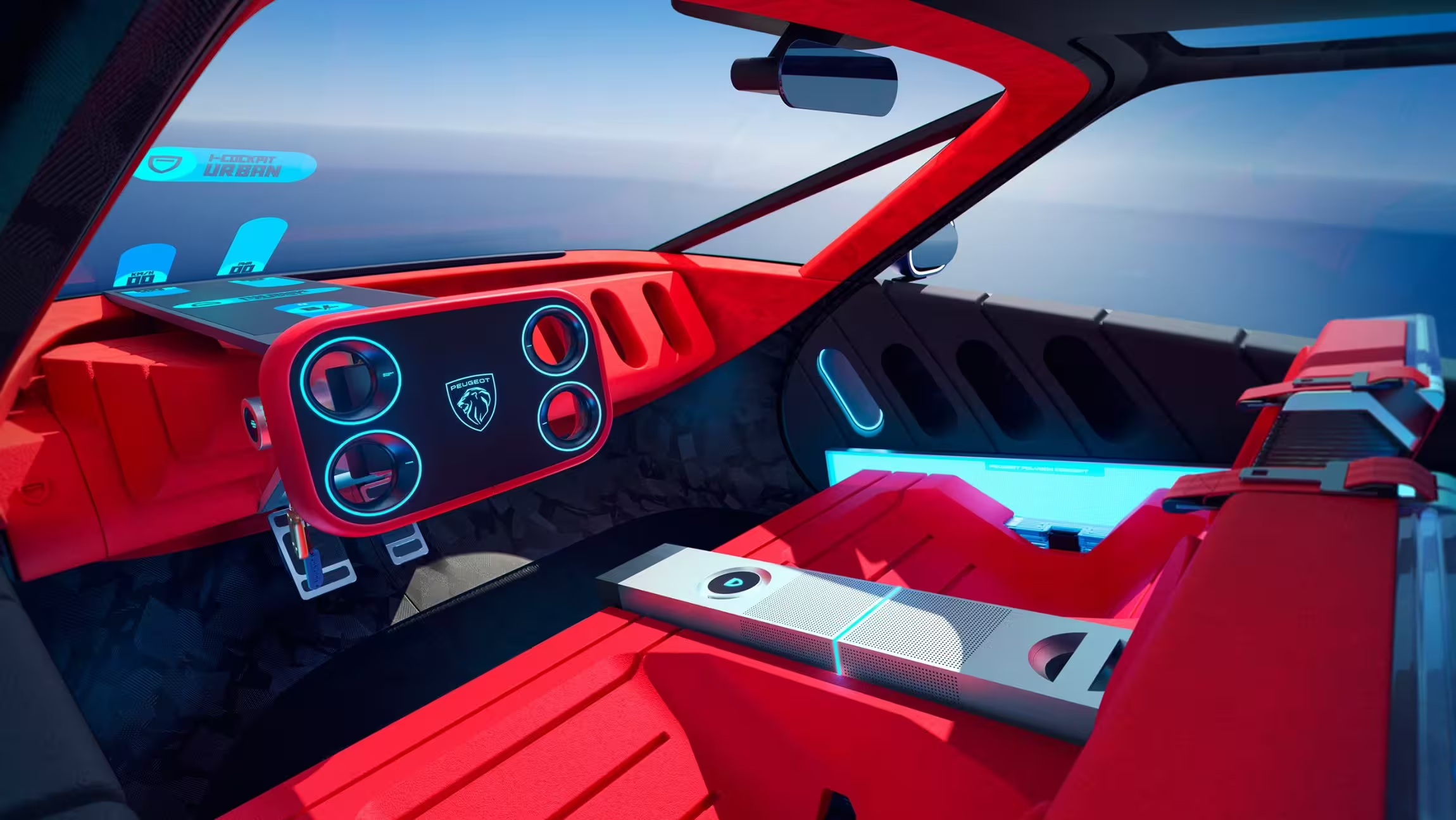
Peugeot's Polygon concept is a balanced blend of show-car theatre and realistic technology preview. Whether all of it arrives in production form remains to be seen, but the Hypersquare steering wheel and windscreen HUD clearly map a direction for the next 208 and beyond.
Source: autoevolution
Comments
v8rider
Wow, that Hypersquare wheel looks wild! HUD on the windscreen tho... does it distract? Peugeot getting brave, I kinda love it but hope it's safe

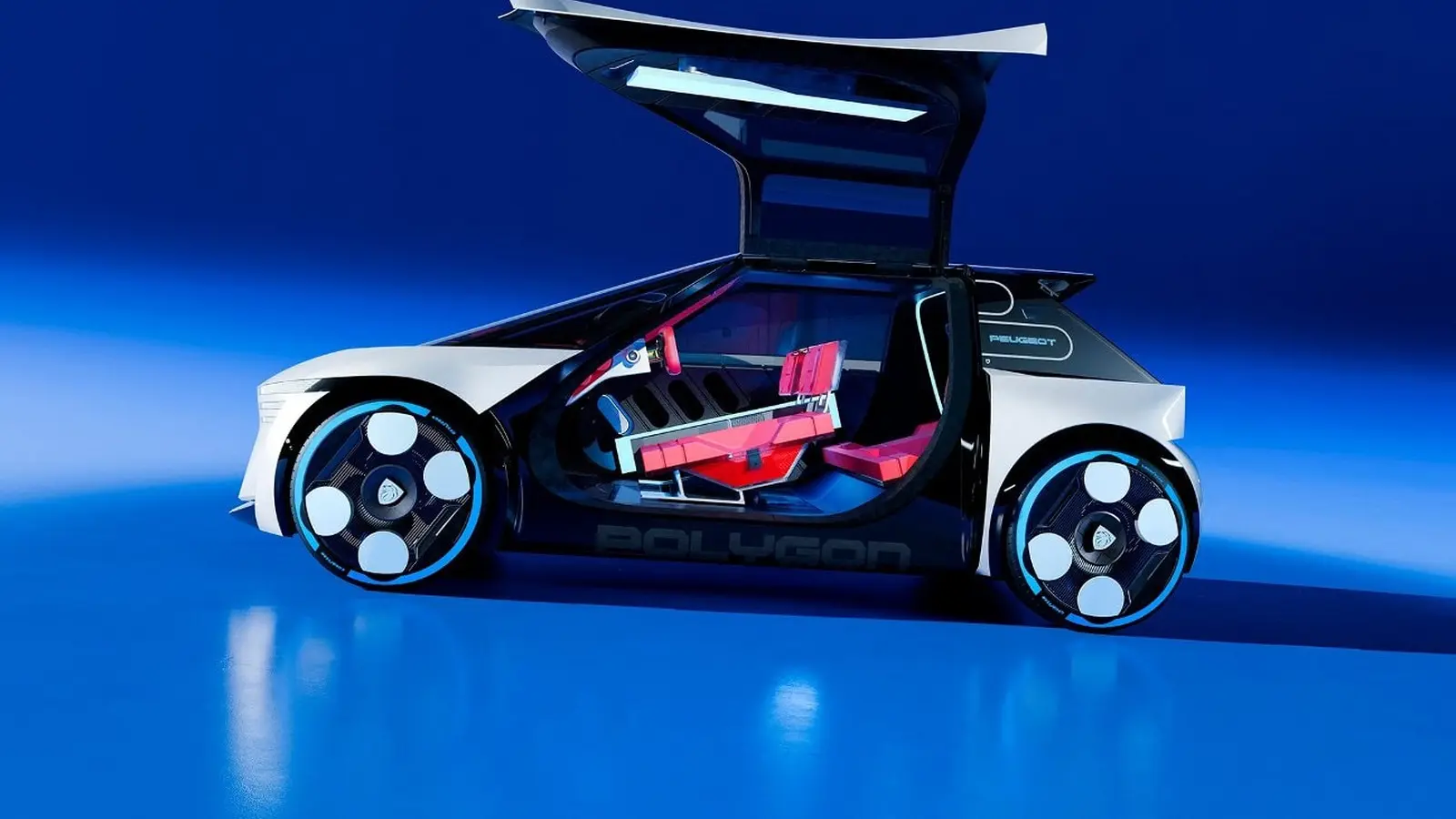
Leave a Comment